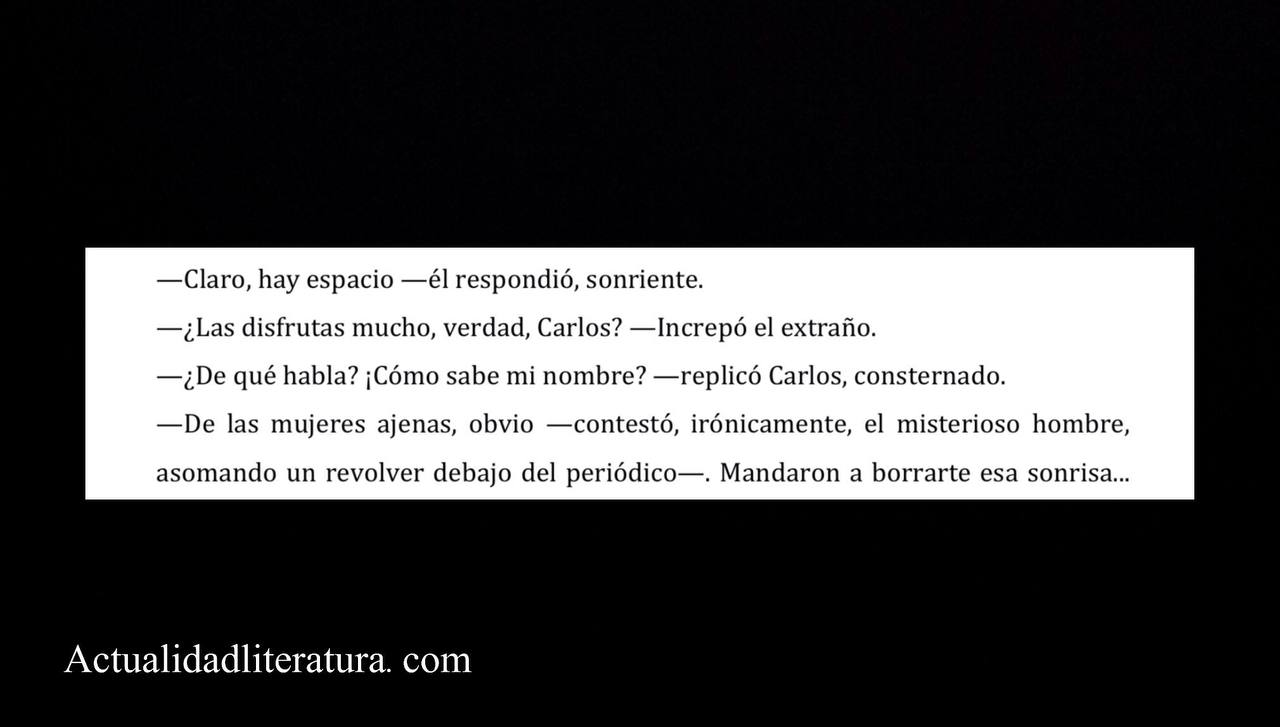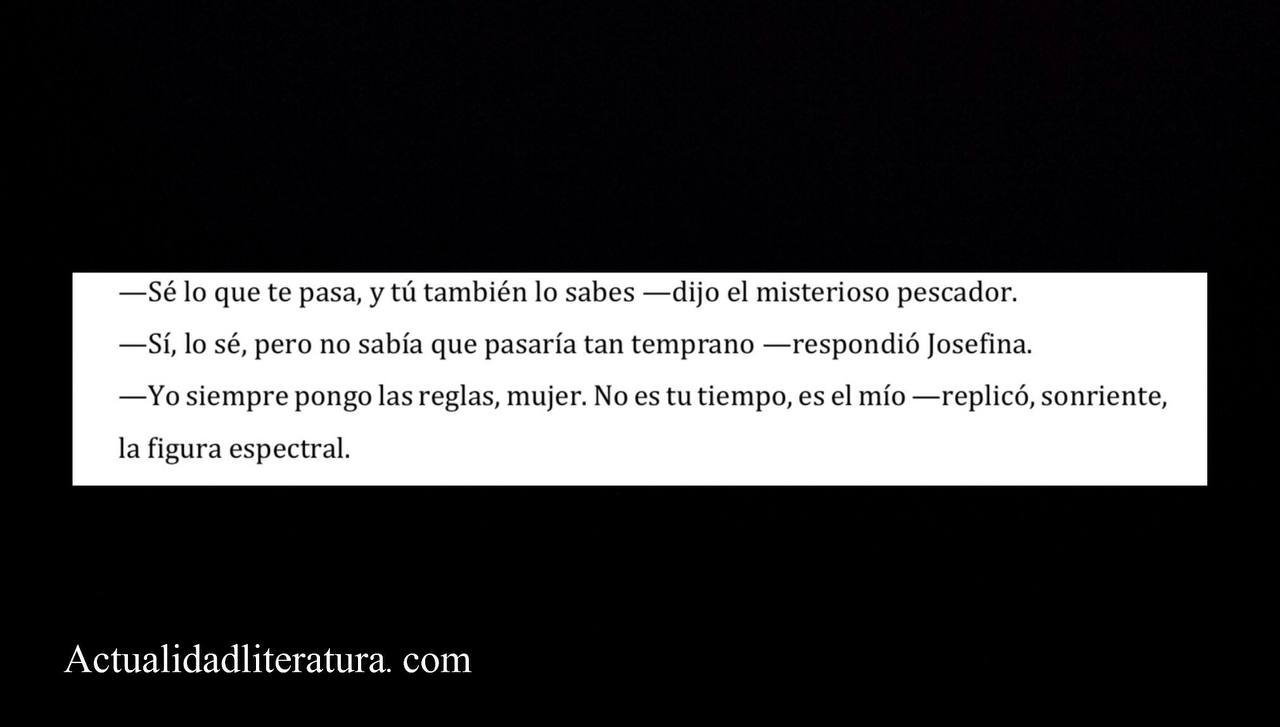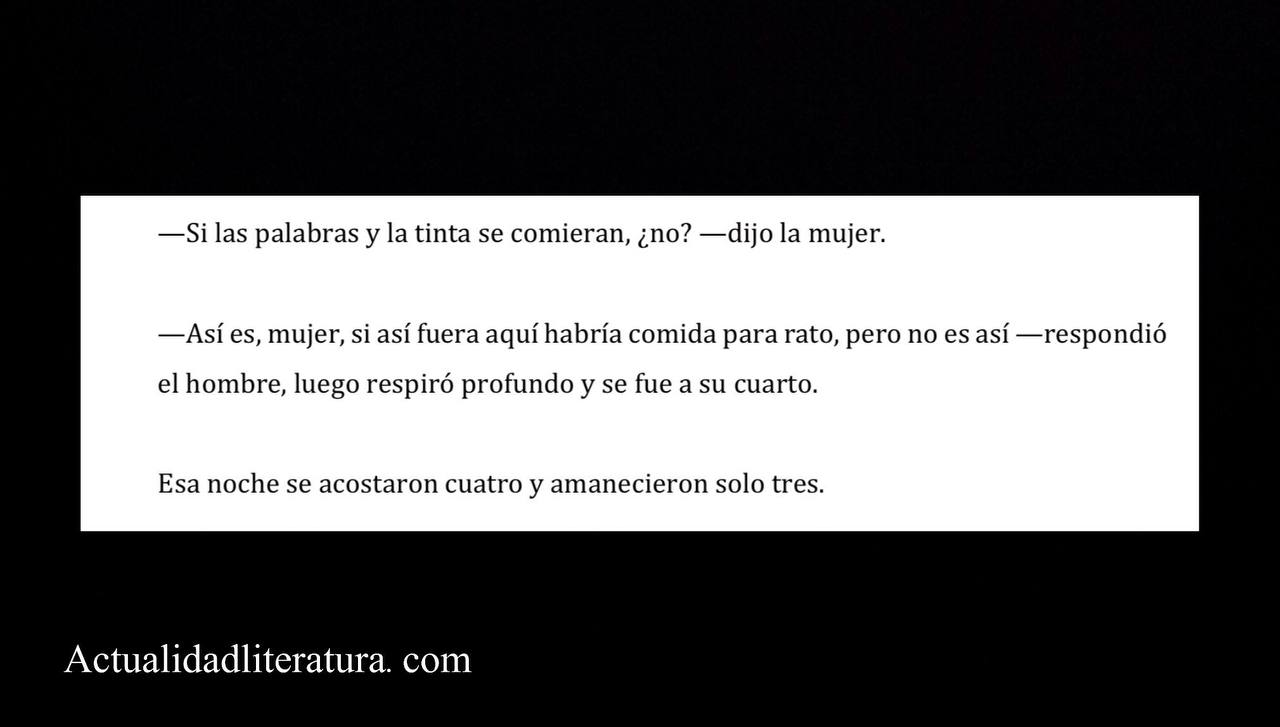
dialog example
How to write dialogue correctly is one of the most common obstacles faced by most new writers, and even some experienced authors. And this is not surprising, because to master this resource requires full knowledge of the line «-», an orthographic sign with multiple qualities that, if not studied well, tend to confuse.
In fact, editors often gauge an aspiring writer's writing skills by how well they handle the line (among other style traits). Probably, it is the sign with the most complicated rules in Spanish, because, apart from dialogues, it can be used in other contexts. For this reason, the following paragraphs describe how to use the line correctly in order to master the dialogues well.
Rules of use of the line in the writing of dialogues in Spanish
When a character intervenes in a narrative, the same is preceded by a dash “—”. In addition, each member of the story is expressed in a different line, therefore, a full stop must close the statement. Similarly, the sections of the storyteller they are preceded by the aforementioned symbol and, in both cases, it is always linked directly to a word. For example:
"Your story is very interesting, sir," I told the old man who stopped me to tell me all that at the Juan Griego nursing home last Sunday, while I was visiting the grandparents.
—To order, mijo. Life has very strange mysteries,” she replied, with her deep green eyes.
(Excerpt from «The Curse of Pedro», from the book Tales from the scream, from John Ortiz)
Dialogue Punctuation Rules

Dialogue Example 2
One of the most complicated aspects of writing in Spanish is the placement of the points, commas, and question marks and exclamation marks in dialogue. First of all, the writer must take into account two perspectives regarding the narrator's paragraph, which are described in the following paragraphs:
When the narrator's paragraph is related to how the character expresses himself
This type of clause is called a verb discended, begins with a lowercase letter and the corresponding punctuation mark is placed at the end of it. It should be noted that in case if there are question marks or exclamation marks in the character's speech, the rule does not change. That is, the subsection begins with a lowercase letter. For example:
"Excuse me, can I sit down?" asked a man in a glass, newspaper and coffee in hand.
"Sure, there's room," he answered, smiling.
"You enjoy them a lot, don't you, Carlos?" the stranger scolded.
-What are you talking about? How do you know my name? Carlos replied, dismayed.
Moreover, if the dialogue continues after the narrator's quotation, the paragraph ends with a line attached to the last word. Then, the corresponding punctuation mark (period or comma) is placed after the closing line of the paragraph. To exemplify, a fragment of "Limbo" of Ralatos from the scream (2020) by J. Ortiz (which is a continuation of the dialogue shown in the previous paragraph):
"Of other people's women, obviously," the mysterious man replied ironically, sticking a revolver out from under the newspaper. They ordered that smile to be erased... but today you are saved, there are many people. Take care of yourself,” he said, before leaving.
Examples with comma and ellipsis

Dialogue Example 3
"Stay there," he said sadly, "I've been waiting for you a long time."
"Stay there," he said sadly, "I've been waiting for you for a long time."
—I wanted to introduce you to Alex —the friend I mentioned at the beginning of the story—… surely he won't be here today.
“I wanted to introduce you to Alex—the friend I mentioned at the beginning of the story—who probably won't be here today.
When the narrator's paragraph refers to the actions of the character
This kind of clause is called a verb did not dissident y occurs when the narrator explains issues that are not related to the character's way of speaking. Accordingly, it is an intervention by the narrator in which there is no verb that is synonymous with “say”.
Then, the paragraph must start with a capital letter (unless it interrupts the line of dialogue) and adds a period to the end of the dialogue if the character's speech does not continue on the same line. Otherwise, the punctuation is placed after the line after the bullet and the resumption of the dialogue begins with a capital letter. For example:
—We open the exhibition. Welcome.” The event spokesperson looks out at the audience with an expression of obvious elation.
—We open the exhibition. Welcome.” The event spokesperson is very enthusiastic. Enjoy this magnificent evening.
—We open the exhibition. Welcome and – the spokesperson for the event is very enthusiastic – enjoy this magnificent evening.
Other uses of the stripe
- To frame clarifications or amendments within an idea. When a clause is enclosed in dashes, it has greater strength and isolation compared to statements enclosed in commas. However, writers often consider the isolation conferred by an expression in parentheses to be greater. For example:
- “José was recovering slowly from his heart transplant. Those were hard days for his family. Although the organ arrived just in time —in fact, if he hadn't received it, he would have died in days—, seeing him lying in bed for more than a month, in a coma, for not fully assimilating the transplant, was devastating for his loved ones. ”.
- To indicate a new clarification or explanation within a text previously enclosed in parentheses. At the same time, this punctuation can be given in reverse (a new paragraph separated by parentheses contained within another already delimited by dashes).
- A transcriptionist's comments within a quote may also be underlined. For example: uterine
- Regarding the disappointments that I felt Kafka When working in a factory, the Czech writer told his friend Max Brod in a letter: "... I'm only good for making minutes, to which the good sense of my boss - from the work accident insurance institute - puts the salt and the appearance of a job well done”…
- The dash at the beginning of a line is used in bibliographic indexes and in alphabetical lists. (among other types of repertoires) to point out that said item or line is omitted in order not to repeat it, since it has already been mentioned above. In this case, after placing the “—” sign, it is mandatory to leave a blank space.